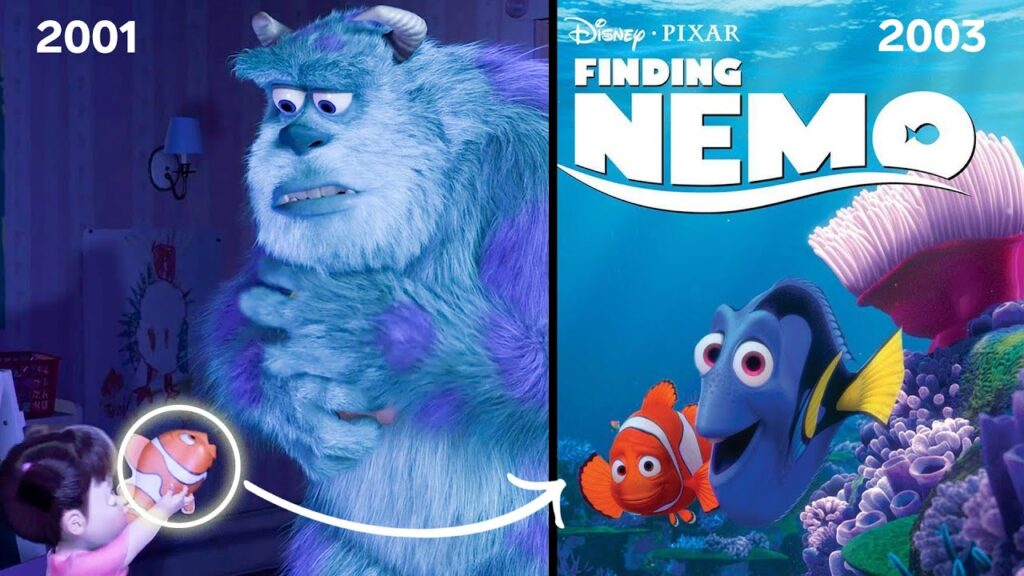The Shift Towards Digital Experiences at Nike: Q&A with Stefan Olander
Summary
Stefan Olander, the VP of Digital Sport at Nike and co-author of two books on digital technology, discusses the shift towards digital experiences at Nike. He explains how Nike Plus was one of the first devices to allow users to track their movements and how the data generated from these devices allows Nike to gain valuable insights into the consumer experience. Olander also addresses concerns about privacy and sharing information on Nike’s apps and emphasizes that privacy is always the user’s decision. Throughout the interview, the speaker emphasizes the potential of digital technology to inspire and enable everyone to be more active, regardless of their chosen sport or activity.
Table of Contents:
- Nike Plus: The First Tracking Device
- The Hawthorne Effect and Self-Monitoring Devices
- The Design of Nike’s Fuel Band
- Metrics and Digitization of Life
- The Seven Laws for a World Gone Digital
- Privacy and Sharing Information on Nike’s Apps
- Recognition and Motivation Through Data Analysis
- Opening Up Nike’s Platform to Developers
- Conclusion
Introduction:
As the world becomes more digital, companies like Nike are finding ways to incorporate technology into their products to enhance the consumer experience. Stefan Olander, the VP of Digital Sport at Nike, has been at the forefront of this shift. In this Q&A, we delve into the specifics of Nike’s digital experiences, including the development of Nike Plus, the design of the Fuel Band, and the company’s approach to privacy and sharing information. We also discuss Olander’s co-authored books on digital technology, which provide insights into the metrics and digitization of life.
Nike Plus: The First Tracking Device
Q: Can you tell us about the development of Nike Plus, and how it changed the way people track their movements?
A: Nike Plus was a collaboration between Nike and Apple, and it was one of the first devices that allowed users to track their movements, specifically in running. We wanted to create an experience that would inspire and enable people to be more active, and we recognized the importance of data in doing so. The data generated from Nike Plus allowed us to gain valuable insights into the consumer experience and create more impactful relationships with our customers.
Q: Can you describe how Nike Plus uses data to benefit both the company and the user?
A: By tracking data on the user’s movements, we can offer personalized recommendations for how they can improve their athletic performance. For example, we might suggest they increase their distance, speed, or intensity during a workout. We can also look at broader trends in the data to identify areas where we can improve the product. For instance, if we see that user engagement drops off after a certain amount of time, we can work to address that issue and keep users engaged for longer.
The Hawthorne Effect and Self-Monitoring Devices
Q: How does the Hawthorne effect apply to self-monitoring devices like the FuelBand?
A: The Hawthorne effect refers to the phenomenon where people modify their behavior simply because they know they are being monitored. With self-monitoring devices like the FuelBand, users are more aware of their activity levels and are therefore more likely to be motivated to increase them. By providing users with insights into their progress towards their daily activity goal, the FuelBand creates a sense of accountability and helps users stay on track.
Q: Can you discuss the community aspect of the FuelBand, and how it motivates users?
A: The FuelBand connects users with their friends and allows them to compete in challenges and earn rewards. This creates a sense of community and motivation, as users are not just competing against themselves, but against their peers. The FuelBand also offers wireless syncing and social features, further enhancing the sense of community and encouraging users to stay active.
The Design of Nike’s Fuel Band
Q: Can you discuss the design of the FuelBand?
A: The FuelBand has a simple, yet elegant design that reflects Nike’s commitment to the athletic community. The device tracks activity through a proprietary measurement called Nike Fuel, which was developed by correlating accelerometry with oxygen consumption to provide a universal measurement for athletic activity. This measurement allows athletes of all sports to compare and compete with one another using the Fuel Band, regardless of the sport or activity they choose.
Q: What is the ultimate goal of the Fuel Band?
A: The ultimate goal of the Fuel Band is to inspire and enable everyone to be more active, regardless of their chosen sport or activity. By providing users with a simple, easy-to-use device that tracks their progress towards their activity goals, we hope to create a world where everyone is more active and more mindful of their health.
Metrics and Digitization of Life
Q: Can you discuss your book “Velocity,” and how it relates to the advent of metrics and the digitization of life?
A: “Velocity” discusses the increasing importance of metrics and digitization in our lives, and how we can use these tools to optimize our lives. We live in a world where data is becoming more and more prevalent, and it’s important to understand how to use that data to our advantage. The book provides insights into how we can use data to make better decisions, whether it’s related to our health or our work.
Q: How is Nike leading the way in the application of metrics and digitization in athletics?
A: Nike has always been at the forefront of innovation in athletics, and the company is no different when it comes to metrics and digitization. We use data to improve our products, our services, and our relationships with our customers. By understanding the unique needs of each individual athlete, we can provide personalized recommendations for how they can improve their athletic performance.
The Seven Laws for a World Gone Digital
Q: Can you discuss the book you co-authored, “The Seven Laws for a World Gone Digital?”
A: “The Seven Laws for a World Gone Digital” is a book that explores the shift towards digital technology and its impact on our lives. The book presents seven laws that companies can follow in order to succeed in a world that is increasingly digital. The laws include things like being customer-centric, embracing openness, and rewarding collaboration.
Q: How does Nike apply these laws in its own operations?
A: Nike is committed to being customer-centric, and we strive to provide personalized experiences for each individual athlete. We’re also embracing openness by opening up our platform to developers and encouraging collaboration through events like our hackathon.
Privacy and Sharing Information on Nike’s Apps
Q: How does Nike address concerns about privacy and sharing information on its apps?
A: At Nike, privacy is always the user’s decision. We provide users with the ability to choose what information they share and how that information is used. We are transparent about our data practices and take steps to ensure that user data is protected at all times.
Recognition and Motivation Through Data Analysis
Q: Can you discuss how Nike uses data analysis to recognize and motivate users?
A: By analyzing data on user activity, we can offer personalized recommendations and rewards. For example, if a user achieves a new personal best, they may receive a reward in the form of digital badges, which can be shared on social media or within the FuelBand community. We also use data to identify trends and areas where we can improve the user experience.
Opening Up Nike’s Platform to Developers
Q: Can you discuss Nike’s decision to open up its platform to developers?
A: Nike is dedicated to fostering innovation and collaboration, and we believe that this can best be achieved by opening up our platform to developers. By doing so, we hope to encourage the creation of new products and services that enhance the athletic experience for all users.
Conclusion
As the world becomes increasingly digital, companies like Nike are finding ways to incorporate technology into their products and services. Stefan Olander, the VP of Digital Sport at Nike, has been at the forefront of this shift, and his insights into the potential of digital technology offer valuable lessons for companies looking to leverage technology to enhance the consumer experience. From the development of Nike Plus to the design of the FuelBand, Nike has been a leader in the application of metrics and digitization in athletics, and its commitment to customer-centricity and collaboration make it a company to watch in the coming years.






